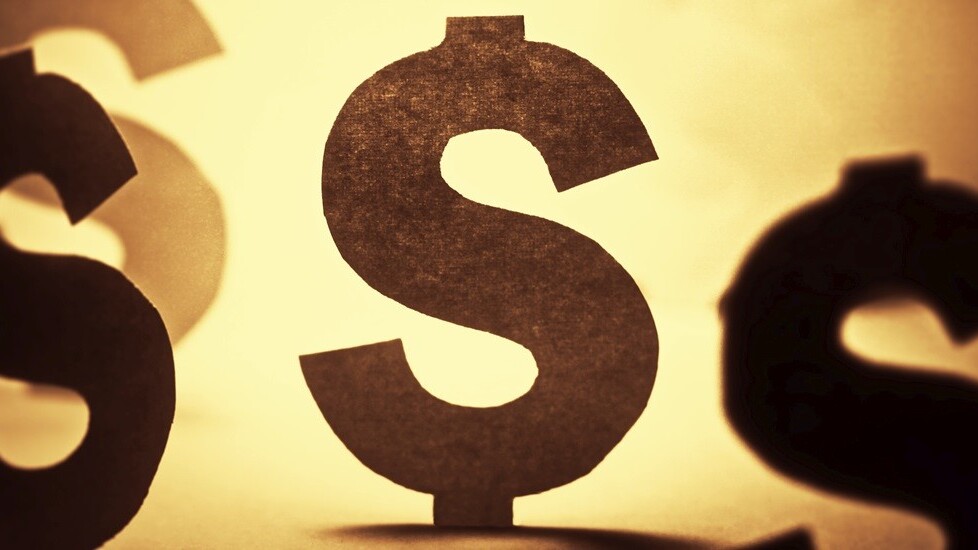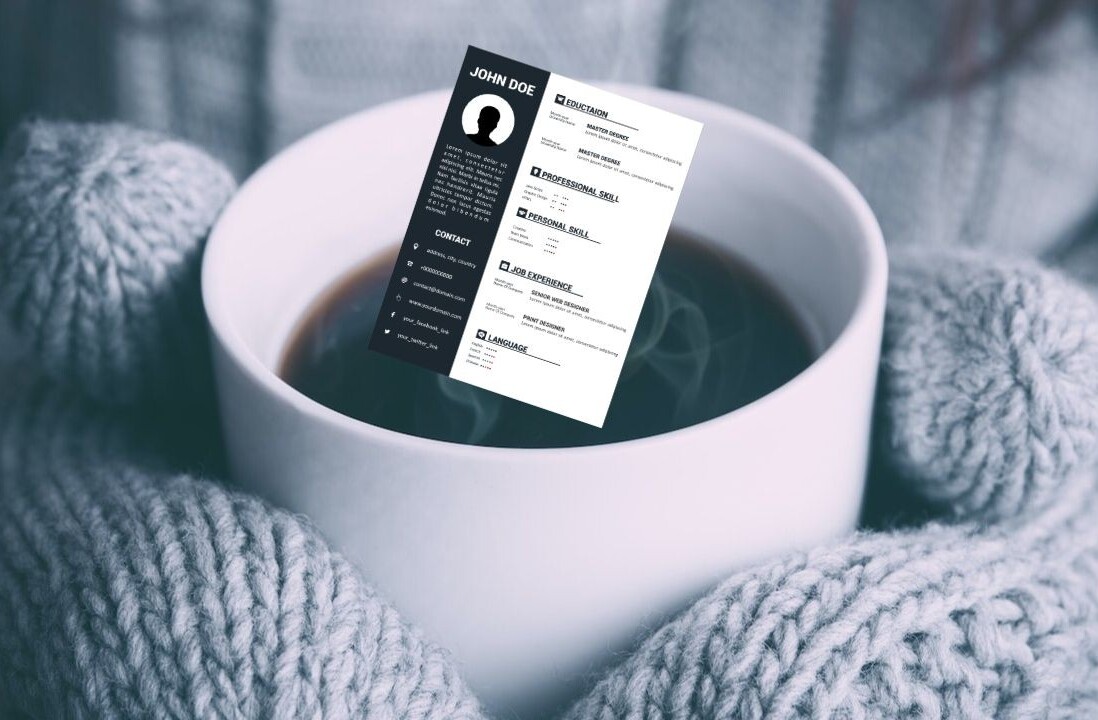
Prerna Gupta is an author and futurist. She previously served as the Chief Product Officer and Chief Marketing Officer at Smule, where she remains an advisor to the Board of Directors. This post originally appeared on the Clarity.fm blog.
Marketing is often treated as a bad word in Silicon Valley. To many, it connotes bloated budgets and the use of psychological trickery to make up for the fact that your product sucks.
If a product is good, we are told, it should simply sell itself. We celebrate good design, clean code, and clever ideas, while disregarding marketing as a fuzzy practice whose benefits are immeasurable at best, and dubious by most accounts.
But the truth is that many of the best products are created by marketing geniuses. Because to make a product sell itself, you have to build marketing into the product.
Over the past few years, I’ve helped build and market mobile apps that have reached hundreds of millions of people. I’ve also built several apps that flopped.
Here are some lessons I learned from those experiences on what makes a product “sell itself”:
Sell it before you build it
You can get a wealth of data about how good your product is before you write even one line of code. Talk about your product before you start building. Pitch the hell out of it, to friends and family, angels, journalists, random people you meet on the streets, and just about anyone who will lend you an ear.
Because as you pitch it, you’ll start to see patterns in people’s responses to the idea. Do their eyes light up after the first sentence of your elevator pitch? Do they smile? Do they get excited and say they can’t wait to use it, or, better yet, ask if they can invest?
Or, do they return a blank stare, say they don’t get it, and have a hard time understanding what the value of such a product might be?
The reaction you get will probably be somewhere in between these two extremes. Pay close attention to what gets people excited about your idea, and build on that.
For example, the first app we launched at my startup, Khush, was LaDiDa. It’s a “reverse karaoke” app that listens to what you sing and automatically composes music to match.
When we pre-pitched the product to friends and family, the phrase “reverse karaoke” piqued people’s interest. I would demo beta versions of the app with videos, and people would smile and clap.
But, we didn’t have people jumping up and down with excitement to try it. When we launched the product, it quickly became clear why: most people were intrigued by the idea of “reverse karaoke” but felt too embarrassed by their own singing to give it a try.
So, on the next iteration of the product, we added vocal effects that work alongside the reverse karaoke technology to “make bad singers sound good,” and my CTO started demoing the app instead of me, with videos of himself sing badly.
Boom. Our downloads started ramping up. The app started to sell itself, and we hit over 1 million installs that year.
Keep iterating on your initial idea until you have people drooling over it. You’ll know by their reactions if it has the makings of a product that will sell.
Hook them in 10
Getting people to download your app is only half the battle. The next step is to get them to start selling your app for you.
Of the millions of downloads we had for our apps at Khush, and later (after we we acquired) as part of Smule, the vast majority came from word-of-mouth growth. Word-of-mouth growth is the centerpiece of a product that sells itself.
So how do you get your users to sell your product for you?
You have to hook them in the first 10 seconds. Most users won’t give you more time than that to make a judgment about your product. If your product can hook them – make them laugh, astonish them, be insanely useful, or just plain and simple get them addicted – they will become your word-of-mouth salesmen.
While building our next app at Khush, an app called Songify, we had a laser-like focus on the 10-second experience. We wanted it to be super-intuitive for anyone who picked up the app, from a 2-year old to a 92-year old anywhere in the world, and to elicit the universal emotion of laughter.
This focus ultimately paid off. Songify was the #1 most downloaded app on the App Store the week it launched, and we had over 4 million installs that first month.
It grew because people loved the 10-second experience, and they shared that experience with their friends.
Be the best of one
The best products do one thing really, really well. As you build your product, don’t succumb to the temptation to cram a million features into your product. Define the one thing your product does better than everyone else, and nail it.
Having a clear focus will make the product easier to sell, because you’ll be able to describe what your product does, and why it’s so awesome, much more clearly in your marketing materials. That means your App Store landing pages will be more compelling, your PR will be catchier, and your word-of-mouth marketing much more effective.
All of Smule’s most successful products – Magic Piano, Sing! Karaoke, AutoRap, Guitar! – have focused relentlessly on being the best-in-class in their specific vertical. This continuous focus has led to strong organic growth for the products over a sustained period of time.
Build your product with these guidelines in mind, and every dollar you spend on marketing will go exponentially farther.
Get the TNW newsletter
Get the most important tech news in your inbox each week.




